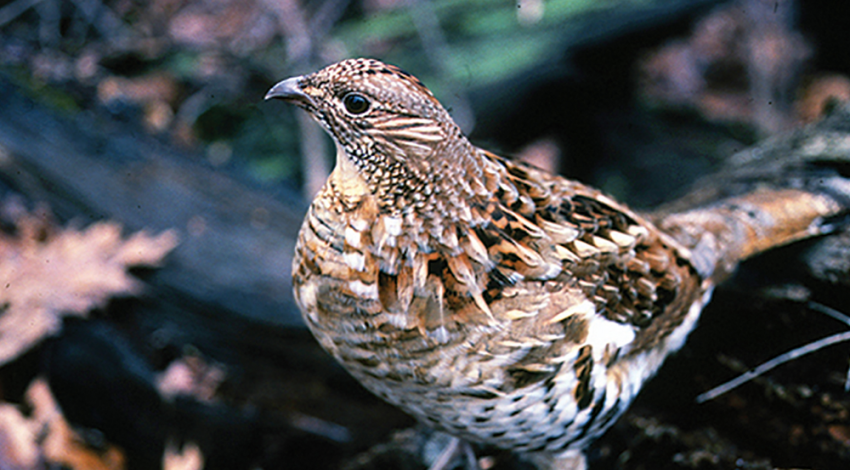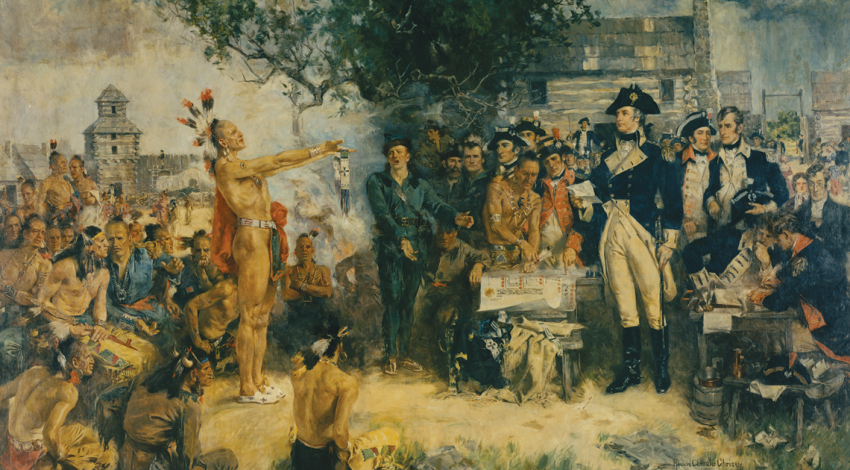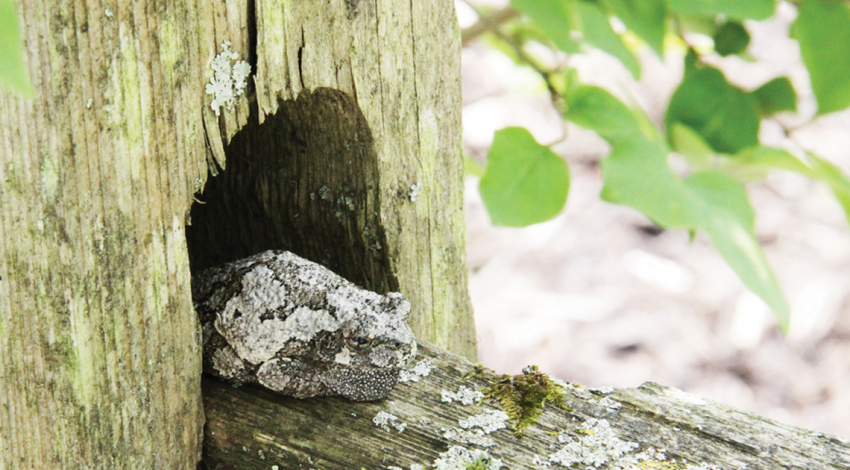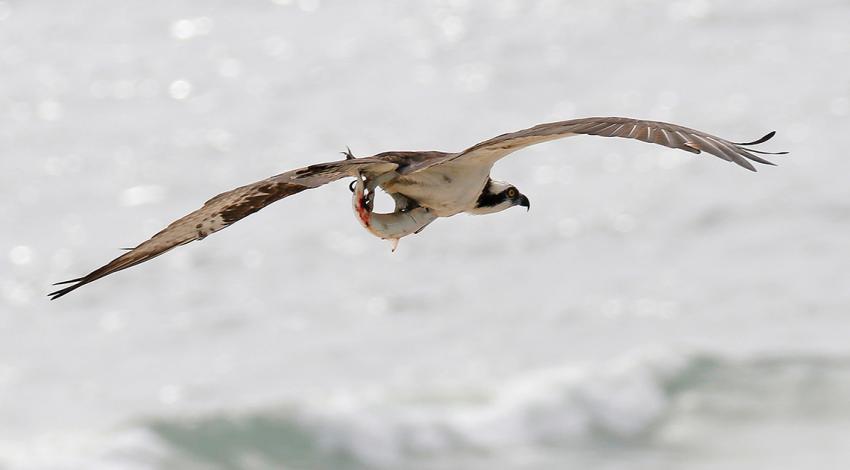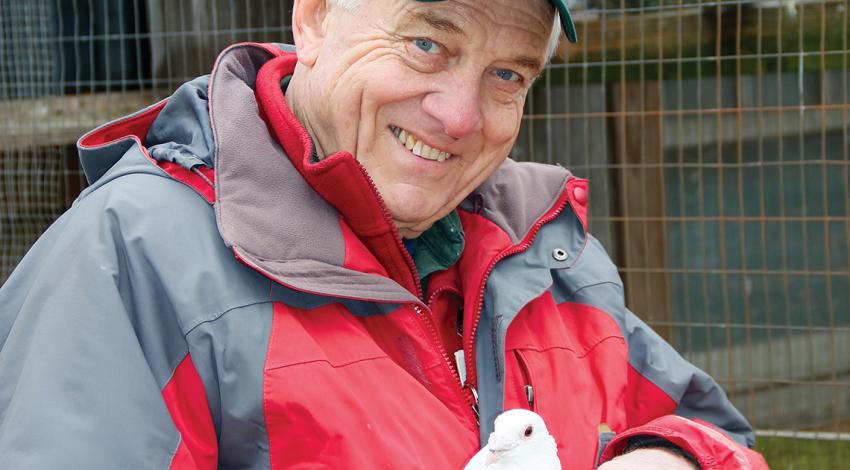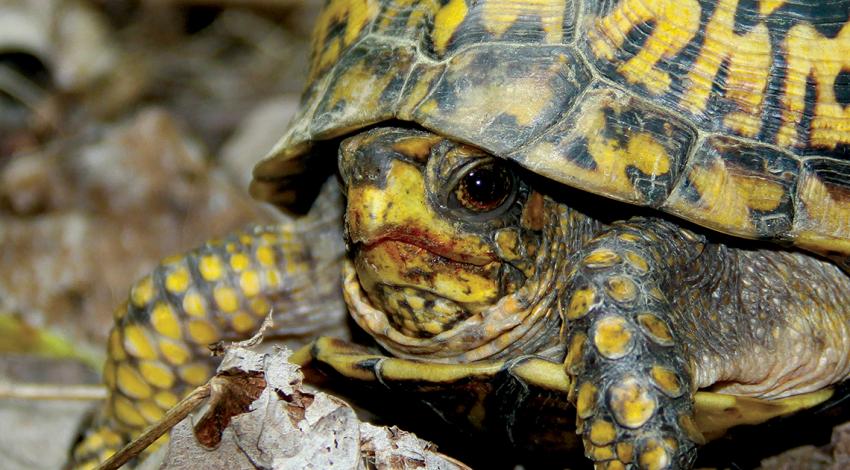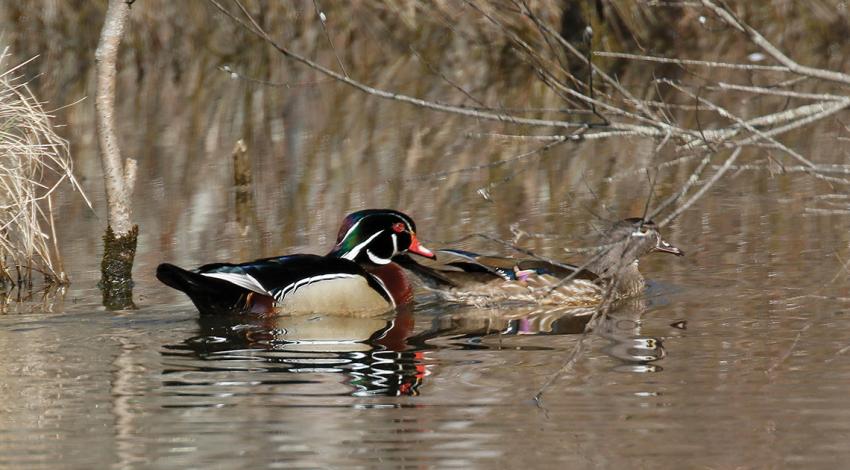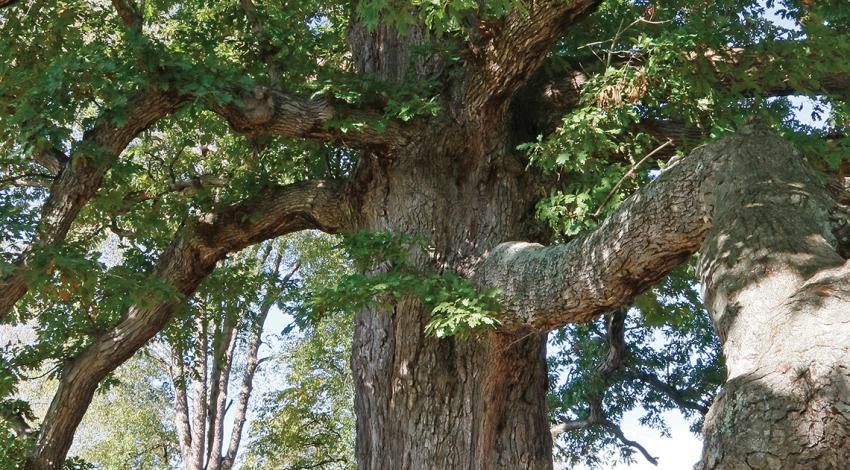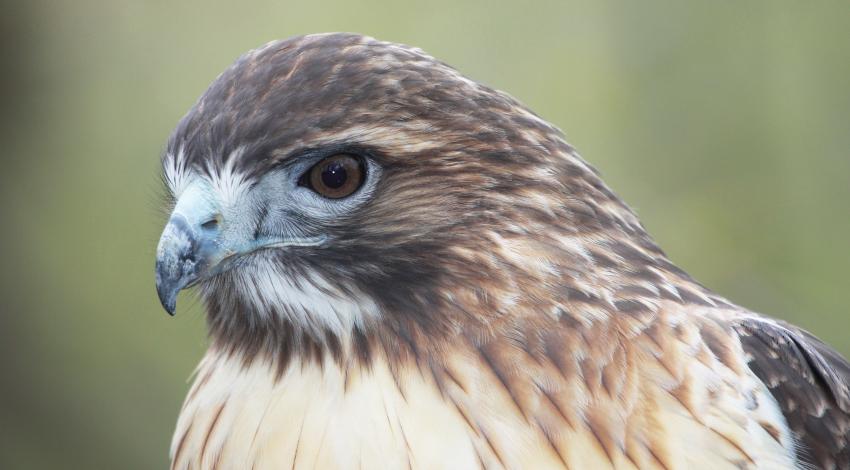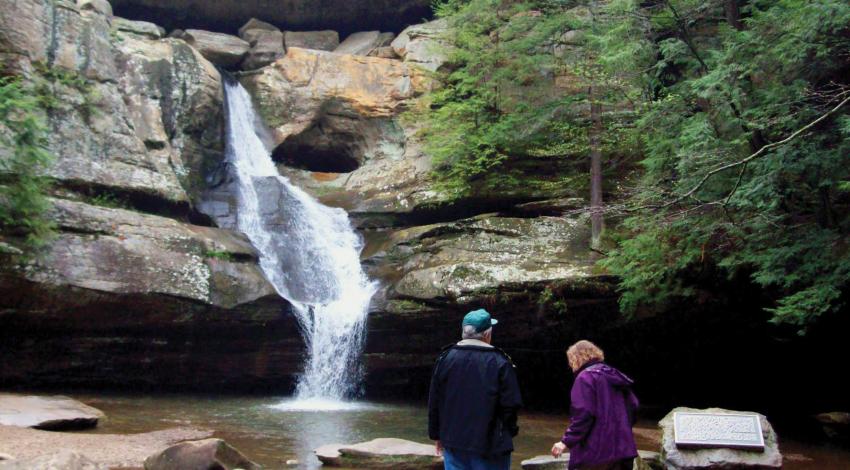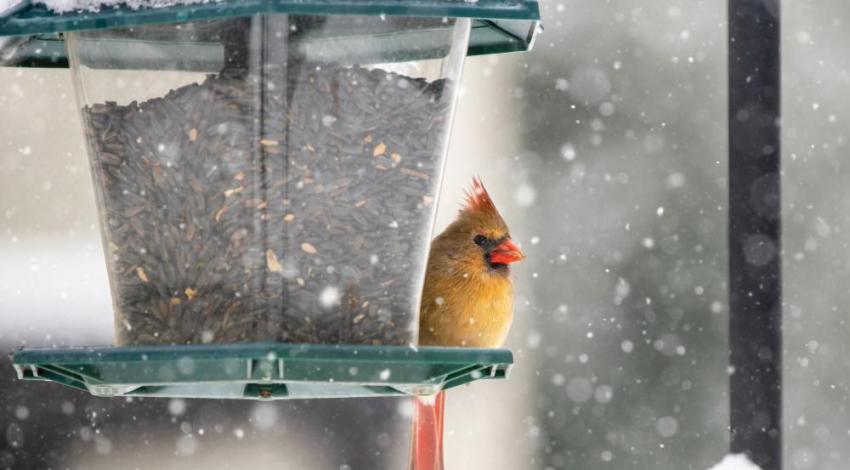Do you like to hike? Emma Rowena Gatewood sure did.
Known for her minimalist, no-nonsense approach to hiking, Gatewood used a homemade sassafras walking stick to help steady her on the trail and carried a cloth sack slung over her shoulder, filled with only 18 pounds of food and equipment. Today’s hikers often carry twice that much weight if not more, and they do it with high-tech backpacks. Instead, she had the following advice for would-be AT hikers:

